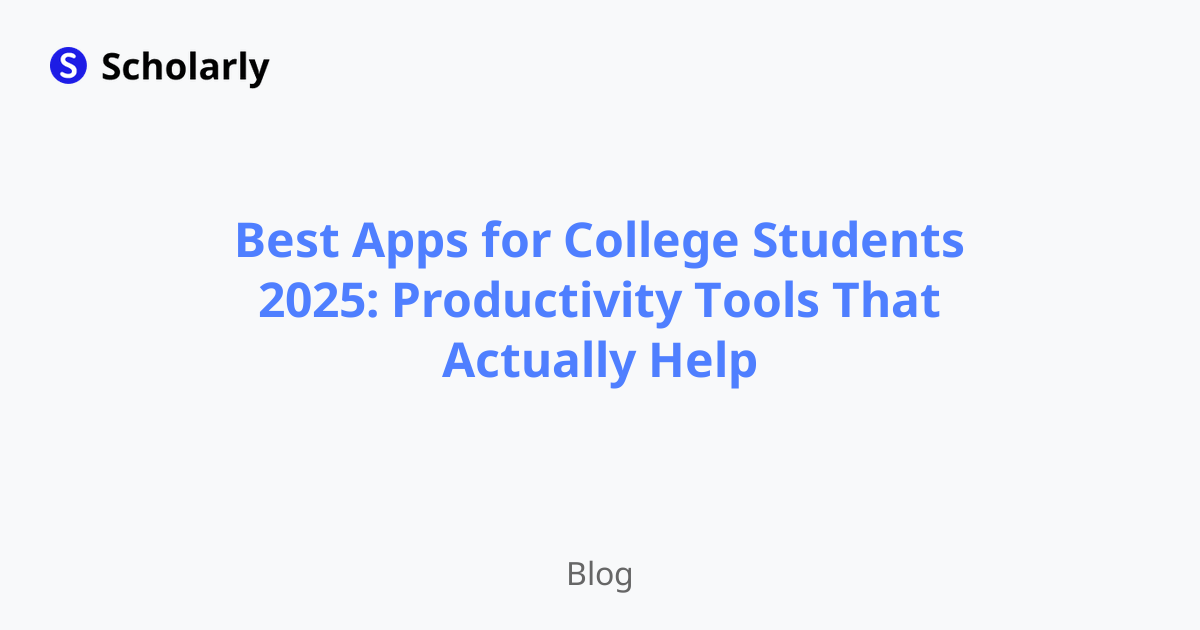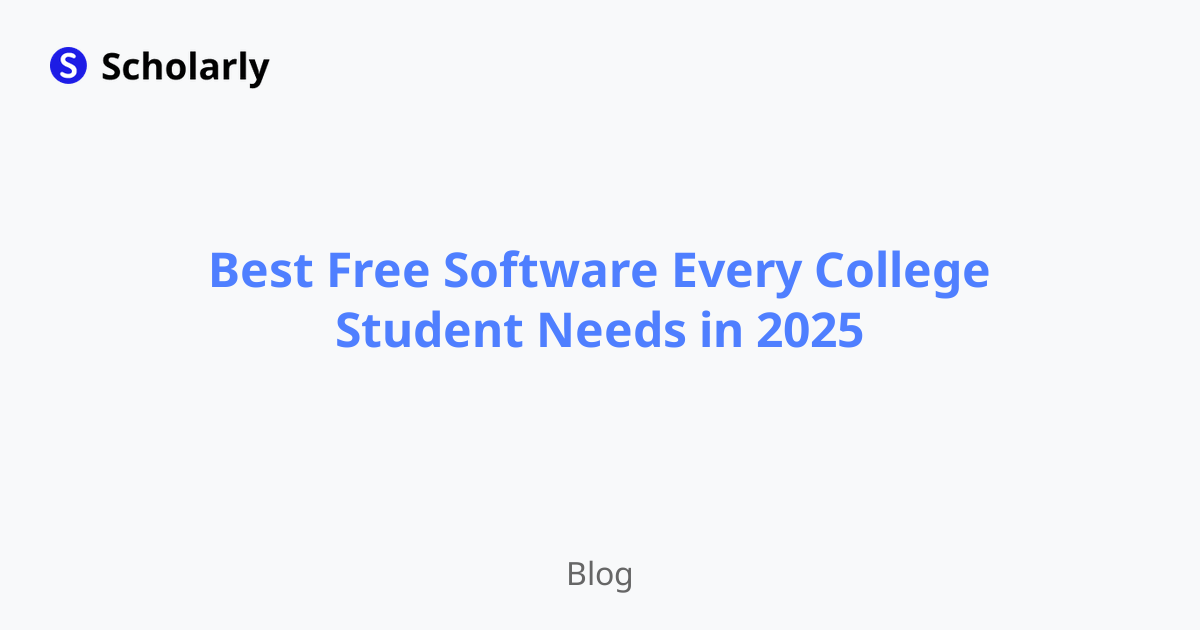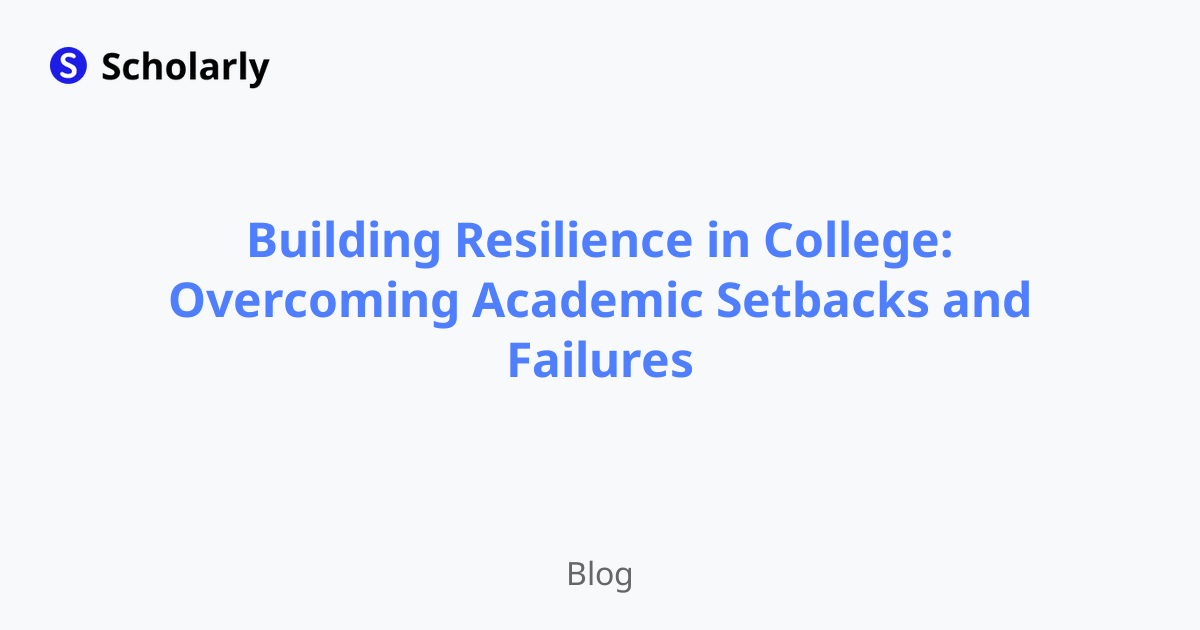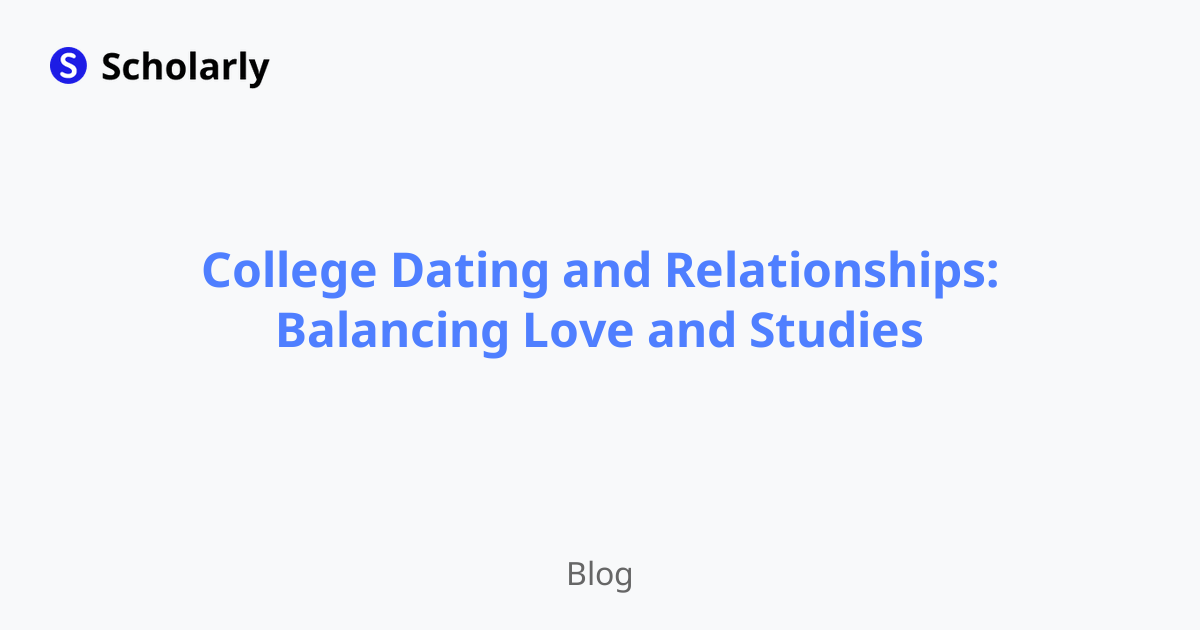Note Taking Strategies for Science Students
Learn effective note taking strategies for science students to improve learning and retention.
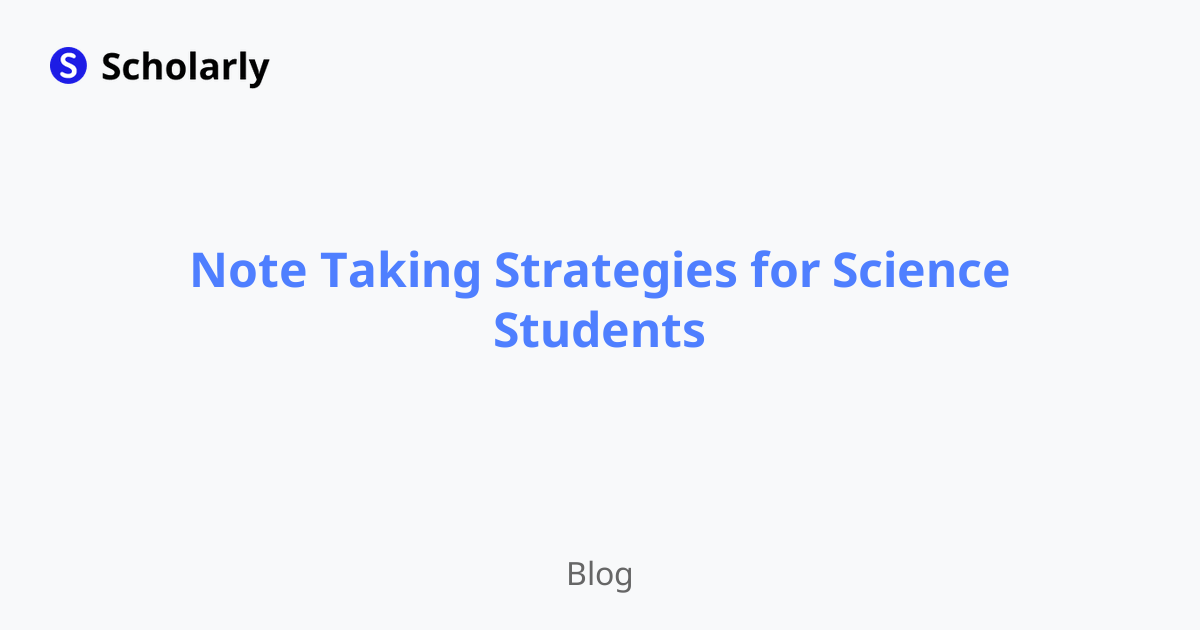
Introduction
Note taking is an essential skill that can greatly enhance a science student's learning experience. By effectively capturing and organizing information during lectures, labs, and readings, students can improve their comprehension and retain key concepts. In this article, we will explore some proven note-taking strategies specifically tailored for science students. These strategies will help maximize learning outcomes and provide a solid foundation for success in science-related courses.
Benefits
- Improved comprehension
Effective note-taking strategies enhance comprehension by encouraging active listening and engagement with the content. By summarizing and paraphrasing information in their own words, science students deepen their understanding of complex concepts.
- Enhanced retention
Taking organized and concise notes allows science students to review and revise key information easily. The act of writing and revisiting notes strengthens memory encoding and improves long-term retention.
- Facilitated exam preparation
Well-organized notes serve as valuable study aids during exam preparation. Science students can quickly review key concepts, formulas, and theories, saving time and reducing stress during the revision process.
- Increased critical thinking skills
Engaging with course material through note taking promotes analytical thinking and reflection. By identifying connections, patterns, and discrepancies, science students develop critical thinking skills, essential for scientific inquiry.
- Collaborative learning opportunities
Clear and well-structured notes can be shared with classmates, promoting collaboration and facilitating group study sessions. Peer discussions and feedback can help reinforce concepts and provide alternative perspectives.
Significance
The significance of effective note taking for science students cannot be understated. It is a fundamental skill that forms the backbone of successful learning outcomes. By capturing key information, organizing content, and revisiting notes, science students can reinforce understanding and maximize retention of complex material. Furthermore, note taking promotes active engagement and critical thinking, essential for scientific inquiry and problem-solving.
Best Practices
To optimize note-taking effectiveness, science students should consider the following best practices:
- Attend lectures with a positive mindset
A positive attitude towards lectures enhances student engagement and attentiveness. Approach each lecture with an open mind and a willingness to absorb new information.
- Use a structured note-taking system
Organize and structure notes using a system that works best for you. Consider using headings, bullet points, numbering, or mind maps to create a clear visual hierarchy of information.
- Be an active listener
Actively listen to the instructor, focusing on key points, examples, and explanations. Avoid verbatim note taking and instead aim to understand and summarize concepts in your own words.
- Prioritize content
Identify and prioritize important concepts, definitions, formulas, and examples. Highlight or underline key information to easily locate and reference later.
- Review and revise notes regularly
Regularly review and revise your notes to reinforce learning and improve retention. Consider using the Cornell Method of note-taking, which includes a review section to consolidate and summarize key points.
Pros and Cons
Not all note-taking strategies are created equal. Let's explore the pros and cons of different approaches:
- The Cornell Method
Pros:
- Systematic organization
- Summarization and synthesis
- Effective review process
Cons:
- Time-consuming
- Requires discipline and consistency
- Mind Mapping
Pros:
- Visual representation of information
- Encourages creativity and association
Cons:
- Limited space for detailed explanations
- Difficult to create during fast-paced lectures
- Outline Method
Pros:
- Logical structure
- Easy to create and navigate
Cons:
- May be too rigid for complex concepts
- Limited space for additional annotations
- Charting Method
Pros:
- Comparisons and relationships easily identified
- Suitable for organizing data and formulas
Cons:
- Difficult to create during a lecture
- May not work well for non-linear content or abstract concepts
- Annotation Method
Pros:
- In-depth analysis and synthesis
- Facilitates critical thinking
Cons:
- May require additional time for annotation
- Can be overwhelming for large amounts of text
Comparison
Let's compare some common tools and apps that can aid in digital note-taking for science students:
- Evernote
Evernote is a popular note-taking app that allows science students to create and organize digital notes across various devices. It offers features like text recognition and the ability to attach images and audio files.
- OneNote
OneNote, part of the Microsoft Office Suite, is another versatile note-taking app. It allows science students to create digital notebooks, draw diagrams, and collaborate with others in real-time.
- Notion
Notion is a comprehensive workspace app that can be customized to suit individual note-taking needs. It offers features like templates, databases, and Kanban boards, which science students can use to create organized study materials.
- Google Keep
Google Keep is a simple and intuitive note-taking app that syncs across devices. It supports audio recording, image attachment, and list-making, making it useful for science students who prefer a minimalistic interface.
Methods
Science students can employ various note-taking methods to suit their learning preferences and course requirements. Here are some commonly used methods:
- The Cornell Method
The Cornell Method is a systematic and organized approach that involves dividing the note-taking page into three sections: a cue column, a note-taking column, and a summary section. This method promotes active listening, engages with content, and offers an effective review process.
- The Mapping Method
The Mapping Method uses visual representations, like mind maps, to connect key concepts and ideas. It encourages creativity, association, and promotes a holistic view of the subject matter.
- The Outline Method
The Outline Method structures notes hierarchically, using headings and subheadings to organize information. It provides a logical flow and is suitable for capturing detailed information or complex concepts.
- The Charting Method
The Charting Method involves creating tables or charts to compare and contrast information. It is useful for organizing data, formulae, and facilitating visual comprehension of relationships and trends.
- The Annotation Method
The Annotation Method involves actively annotating lecture materials or textbooks. Science students can highlight, underline, or write comments to synthesize and critically analyze information.
AI Impact
Artificial Intelligence (AI) is already revolutionizing note taking and can have a significant impact on science student's learning experiences. Here are some areas where AI can make a difference:
- AI Applications
AI-powered apps and tools can automatically generate lecture summaries, extract key concepts, and create flashcards from notes. This can save time and enhance comprehension.
- AI Techniques
Machine learning algorithms can analyze patterns in note-taking data to identify effective strategies, adapt to individual learning styles, and provide personalized recommendations for improvement.
- AI Benefits
AI can provide real-time feedback during note-taking, helping science students identify gaps or areas of improvement. It can also assist in organizing and retrieving information from a vast collection of notes.
- AI Challenges
Despite the potential benefits, AI-powered note-taking tools may lack the personal touch and ability to understand nuanced concepts. Balancing automation with human interaction and interpretation is a challenge in developing AI systems for note taking.
- AI Potential Online Apps that relate to the topic
One promising AI-powered online app is Glean. It uses AI technology to streamline note-taking by automatically identifying and organizing important concepts. Glean also offers features like search functionality and collaboration tools.
Conclusion
Effective note-taking is crucial for science students to succeed in their studies. By implementing proven strategies, such as using a structured note-taking system, being active listeners, and regularly reviewing and revising notes, science students can enhance comprehension, retention, and critical thinking skills. While different note-taking methods and tools offer their own benefits and drawbacks, it is important for science students to find an approach that best suits their learning style and course requirements. With the advent of AI, the future of note taking holds great potential for further improvement and personalization, offering science students enhanced learning experiences and streamlined study processes.
Try Our Popular AI Study Tools
Transform your study materials into interactive learning experiences with our most popular AI-powered tools:
PDF to Flashcards
Convert lecture notes and textbooks into study flashcards instantly
Text to Flashcards
Turn any text or notes into comprehensive flashcard sets
Image to Flashcards
Convert diagrams and handwritten notes into digital flashcards
YouTube to Flashcards
Generate flashcards from educational video content
